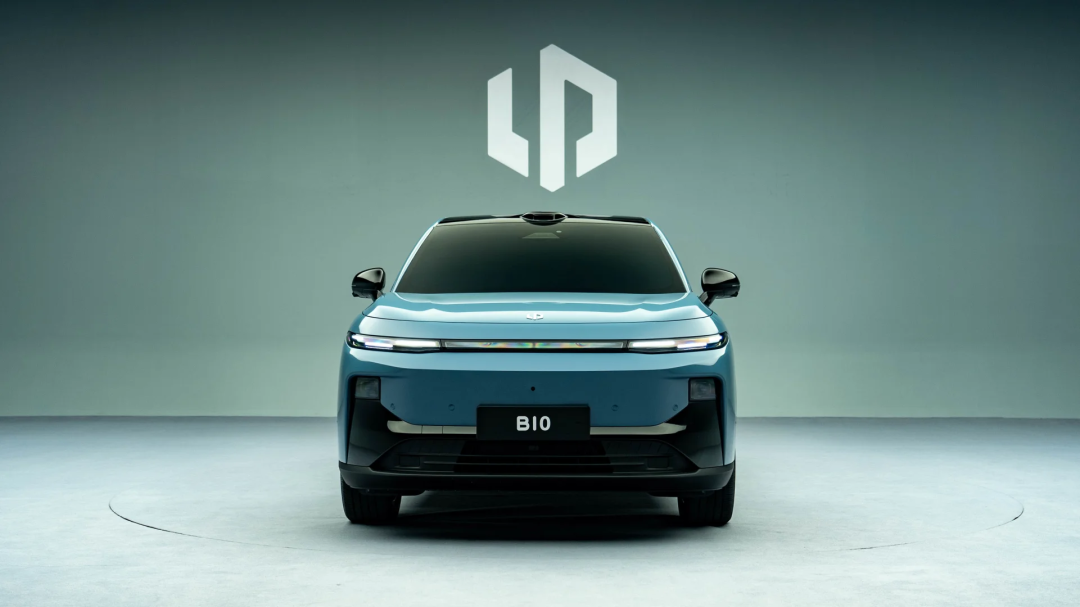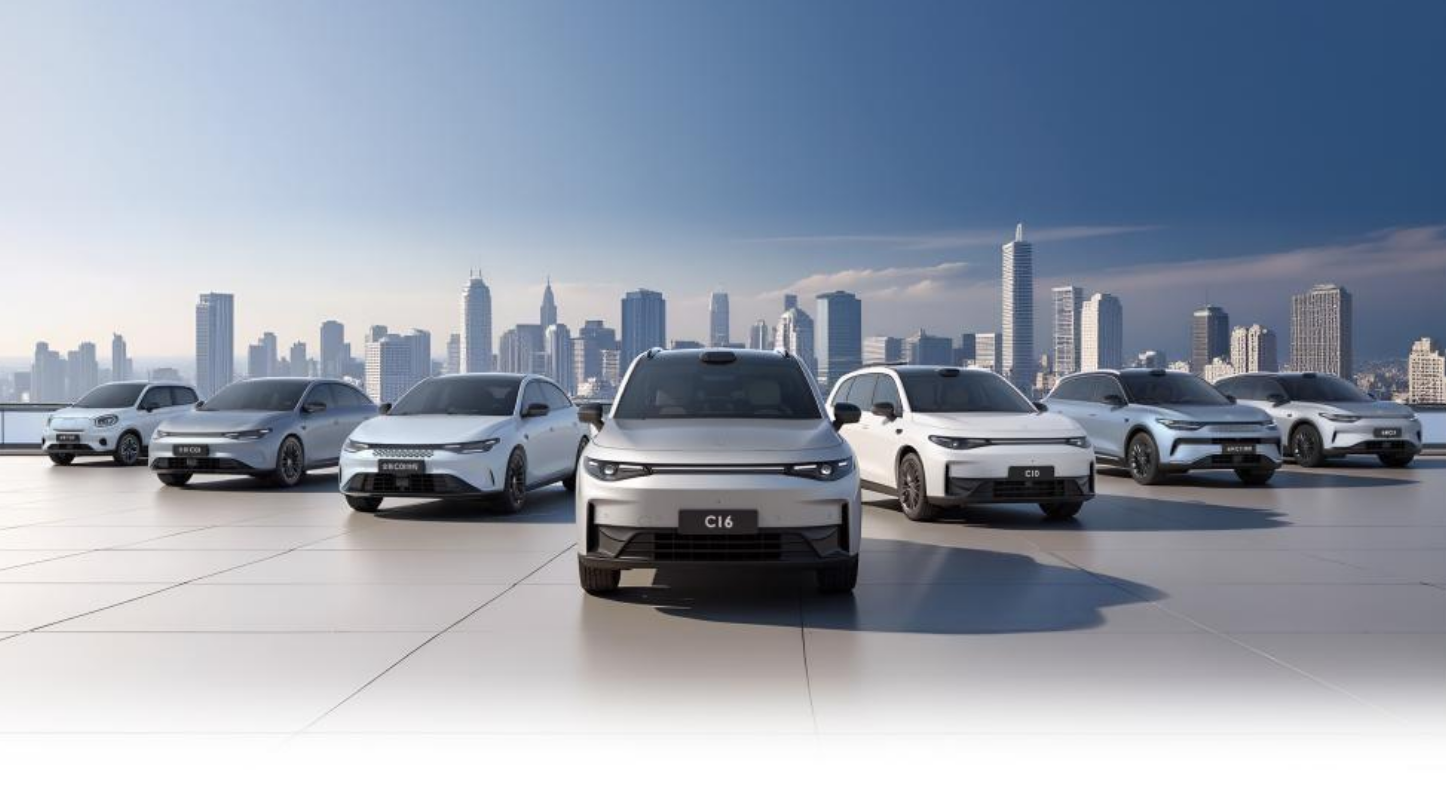
Leapmotor recently released its 2025 interim results, becoming the first NEV startup to do so and attracting widespread industry attention. The report shows H1 2025 revenue reached RMB 24.25 billion, up 174.1% from RMB 8.845 billion in H1 2024. More notably, profit attributable to equity holders was RMB 30 million, compared to a net loss of RMB 2.21 billion a year earlier, marking a successful turnaround to profitability. This makes Leapmotor the second Chinese NEV startup after Li Auto to achieve semi-annual profitability. At the same time, gross margin significantly improved to 14.1% from 1.1% a year earlier, demonstrating substantial progress in cost control and operational efficiency.
Revenue growth was mainly driven by a surge in vehicle and parts deliveries, income from strategic partnerships and carbon credit sales, and increased service revenue related to higher vehicle sales. These figures not only represent a major breakthrough for Leapmotor but also reflect the broader transition of China’s NEV industry from high-speed growth to high-quality development.
From survival to profit
Leapmotor’s interim profitability signals that NEV startups are moving from a “cash-burning” phase focused solely on scale to a sustainable profitable phase. Financial data shows that H1 2025 revenue grew 174% year-on-year, outpacing delivery growth of 155.7%. This positive spread between revenue and delivery growth indicates improving revenue quality amid expansion. More importantly, cost of sales increased only 137.9%, significantly lower than revenue growth, reflecting lower per-unit costs due to economies of scale. This virtuous cycle—“revenue growth > delivery growth > cost growth”—is the core reason behind Leapmotor’s rising gross margin.
Leapmotor’s profitability is closely tied to its sales growth. According to its financial report, the company delivered 221,664 vehicles in H1 2025, with July deliveries breaking a new record at 50,129 units. The C10 model achieved global deliveries of over 100,000 units within 13 months of launch, with a monthly peak exceeding 14,000 units. The C11 has cumulative sales of 250,000 units, while the B10 exceeded 10,000 deliveries in its second month, becoming Leapmotor’s fastest model to reach that milestone. This rapid scaling has generated significant economies of scale, a key driver behind the company’s gross margin improvement. Scale has not only reduced fixed costs per unit but also strengthened the company’s bargaining power in the supply chain, creating opportunities for further cost optimization.
Leapmotor Founder and Chairman Zhu Jiangming predicts that the company will achieve stable breakeven at annual sales of 500,000 to 600,000 units. Vice President Li Tengfei expects August sales to show significant growth over July’s 50,129 units, with Q3 sales estimated at 170,000 to 180,000 units. Full-year 2025 sales are projected to reach 580,000 to 650,000 units, with the goal of challenging 1 million units in 2026. Clearly, Leapmotor is at a critical stage in crossing the profitability threshold.
The success of Leapmotor’s full in-house R&D strategy is clearly reflected in its financials. With over 65% of core components developed in-house, this vertical integration model has directly improved cost control. In 2024, gross profit per vehicle surged to RMB 9,163 from around RMB 555 in 2023—a 16-fold increase. The further rise in gross margin in H1 2025 indicates expanding cost advantages. Meanwhile, the platform-based strategy has yielded significant benefits: reusable chassis and electronic architectures across models have shortened R&D cycles and, through consolidated procurement, drastically reduced supplier quotes. Data shows that sales of Leapmotor’s C-series models now exceed 77% of total sales, and this optimized product mix has further lifted overall profitability.
Leapmotor’s profitability has also spurred a rethinking of the business model among NEV startups. Financially, Leapmotor’s H1 2025 revenue reached RMB 24.25 billion, but net profit accounted for only 0.12%, indicating still limited profit scale. Notably, non-automotive business revenue totaled nearly RMB 1.1 billion. This suggests that without these non-operating incomes, Leapmotor’s core business may not yet be truly profitable. This profit structure reflects startups’ reliance on non-operating income in the early profit stage and highlights the high profitability threshold in the NEV industry.

From a competitive landscape perspective, as leading companies achieve profitability, the industry will shift from “wild growth” in an expanding market to “meticulous cultivation” in a saturated market. While achieving profitability, Leapmotor continues to invest in R&D. In H1 2025, R expenditure reached RMB 1.89 billion, up 54.9% from RMB 1.22 billion in H1 2024, primarily to accelerate smart driving development, with the goal of achieving urban NOA by end-2025.
The capital market has responded to Leapmotor’s profitability with cautious optimism. As of August 22, Leapmotor’s Hong Kong stock price was HKD 71.0, with a total market cap of HKD 94.925 billion, showing some recovery. Market analysts believe that although the profit is still modest, this breakthrough creates a favorable window for Leapmotor to launch refinancing in the Hong Kong market, potentially enhancing its valuation and market recognition. Compared to peers like NIO and XPeng, which have yet to achieve stable profitability, Leapmotor’s profit milestone undoubtedly gives it more leverage in capital markets.
The continued profitability remains subject to multiple challenges
Although Leapmotor has achieved historic profitability, the company still faces multiple challenges ahead, and the sustainability of its profits is tested by various factors. In terms of gross margin, Leapmotor reached 14.1% in H1 2025, a significant improvement year-on-year, but it still trails leading players in the industry. For example, Tesla’s Q2 2025 gross margin was 17.2%, while BYD’s Q1 2025 gross margin reached 20.1%. This gap reflects room for improvement in Leapmotor’s cost control and product premium capabilities.
More importantly, the improvement in gross margin is partly attributable to favorable external factors such as declining power battery prices. According to Soochow Securities data, the average price of CATL’s power batteries in H1 2025 was RMB 0.69/Wh, down 13% year-on-year, while energy storage battery prices fell 20% to RMB 0.59/Wh. Whether this tailwind from lower raw material costs is sustainable remains uncertain. A rebound in battery prices would directly pressure Leapmotor’s gross margin.

Intensifying market competition is another major challenge. The NEV market has evolved from a blue ocean to a red ocean, with price wars escalating. Major automakers are slashing prices to gain market share. Leapmotor must continuously enhance product value while maintaining price competitiveness; otherwise, its profit margins may continue to shrink. From a sales structure perspective, Leapmotor’s main models remain mid- to low-end. Increasing the proportion of high-end models, raising average selling price and gross margin are crucial tasks for the company.
Pressure from R&D and innovation continues to intensify. As the NEV industry shifts from “electrification” to “intelligence,” areas like smart driving and smart cabins have become new battlegrounds. Although Leapmotor has increased its R spending—with H1 2025 R expenditure up 54.9% year-on-year, and nearly doubling both its smart driving team size and computing power resources—it still lags behind giants like Tesla and Huawei in technological accumulation and R&D capability.

 The company plans to achieve urban Navigate on Autopilot (NOA) capability by the end of 2025, but this goal faces technical bottlenecks and time constraints. Competition in intelligent technology requires not only sustained high investment but also strong talent reserves and ecosystem support, posing significant challenges for startups like Leapmotor. How to achieve technological breakthroughs and establish a competitive edge with limited resources is a critical issue Leapmotor must resolve.
The company plans to achieve urban Navigate on Autopilot (NOA) capability by the end of 2025, but this goal faces technical bottlenecks and time constraints. Competition in intelligent technology requires not only sustained high investment but also strong talent reserves and ecosystem support, posing significant challenges for startups like Leapmotor. How to achieve technological breakthroughs and establish a competitive edge with limited resources is a critical issue Leapmotor must resolve.
Beyond the domestic market, global expansion is gradually becoming Leapmotor’s second growth curve. According to official data, the company exported 25,000 vehicles in the first seven months of 2025, ranking first among NEV startups in overseas sales. As of the end of June, Leapmotor International had established over 600 sales and service outlets across approximately 30 international markets in Europe, the Middle East, Africa, and Asia-Pacific. More than 550 of these are in Europe, with nearly 50 in Asia-Pacific.
Leapmotor’s case demonstrates that the profitability threshold in the new energy vehicle (NEV) industry depends not only on achieving scale in sales, but more importantly, on improving profit quality. For Leapmotor, achieving truly sustainable profitability requires not only reaching sales targets of 500,000 to 600,000 units, but also optimizing its profit structure, enhancing the profitability of its core business, increasing investment in R&D, and building a stable, synergistic ecosystem. For the entire industry, Leapmotor’s profitability brings both hope and a wake-up call—as the NEV market transitions from rapid growth to high-quality development, only those who balance scale with profit, short-term gains with long-term strategy, and cost with technology will remain at the table for the long-term.

 Room 1104,Block B,JingBan Building,6 Middle Beisanhuan Road,Xicheng District,Beijing
Room 1104,Block B,JingBan Building,6 Middle Beisanhuan Road,Xicheng District,Beijing
 (8610)62383600
(8610)62383600
 quanqixiang@carresearch.cn
quanqixiang@carresearch.cn
 京公网安备:11010202007638号|京ICP备17032593号-2|Report illegal and bad information:010-65993545-8019 jubao@carresearch.com
京公网安备:11010202007638号|京ICP备17032593号-2|Report illegal and bad information:010-65993545-8019 jubao@carresearch.com
Legal support:Beijing Yingke Law Firm|All rights reserved, DO NOT reproduce without permission